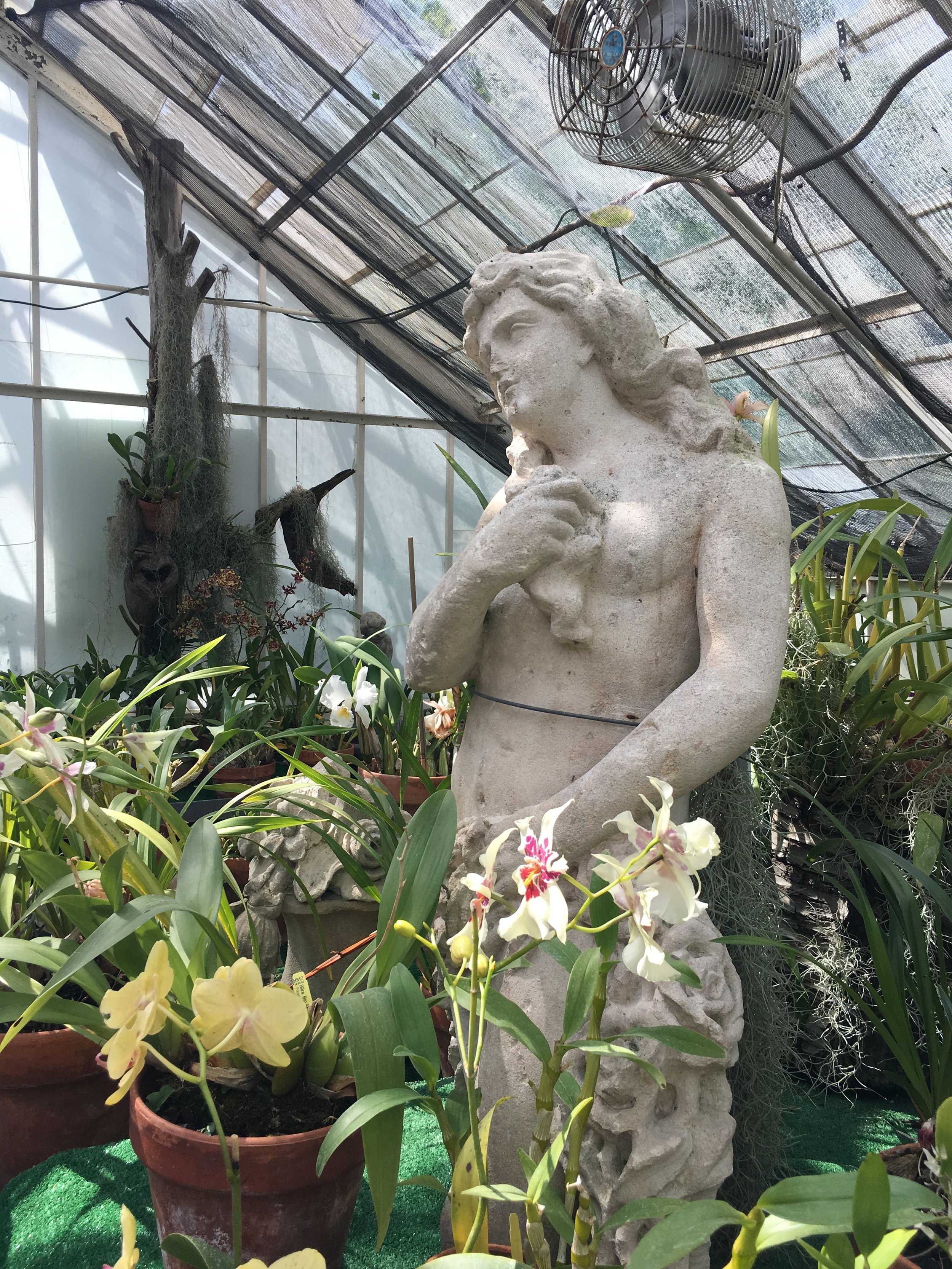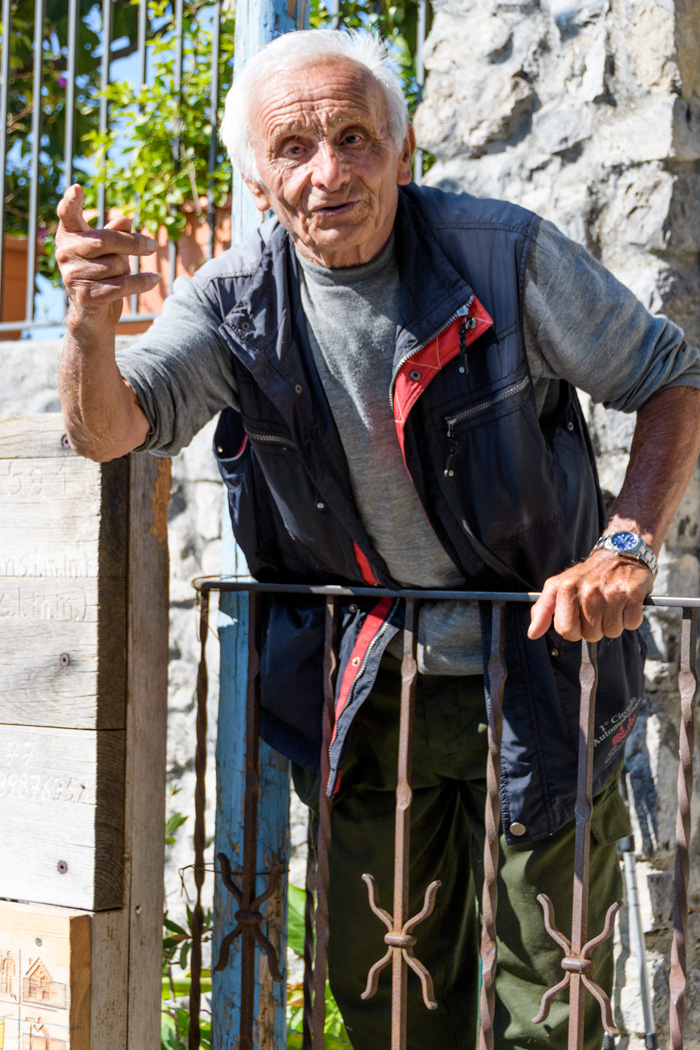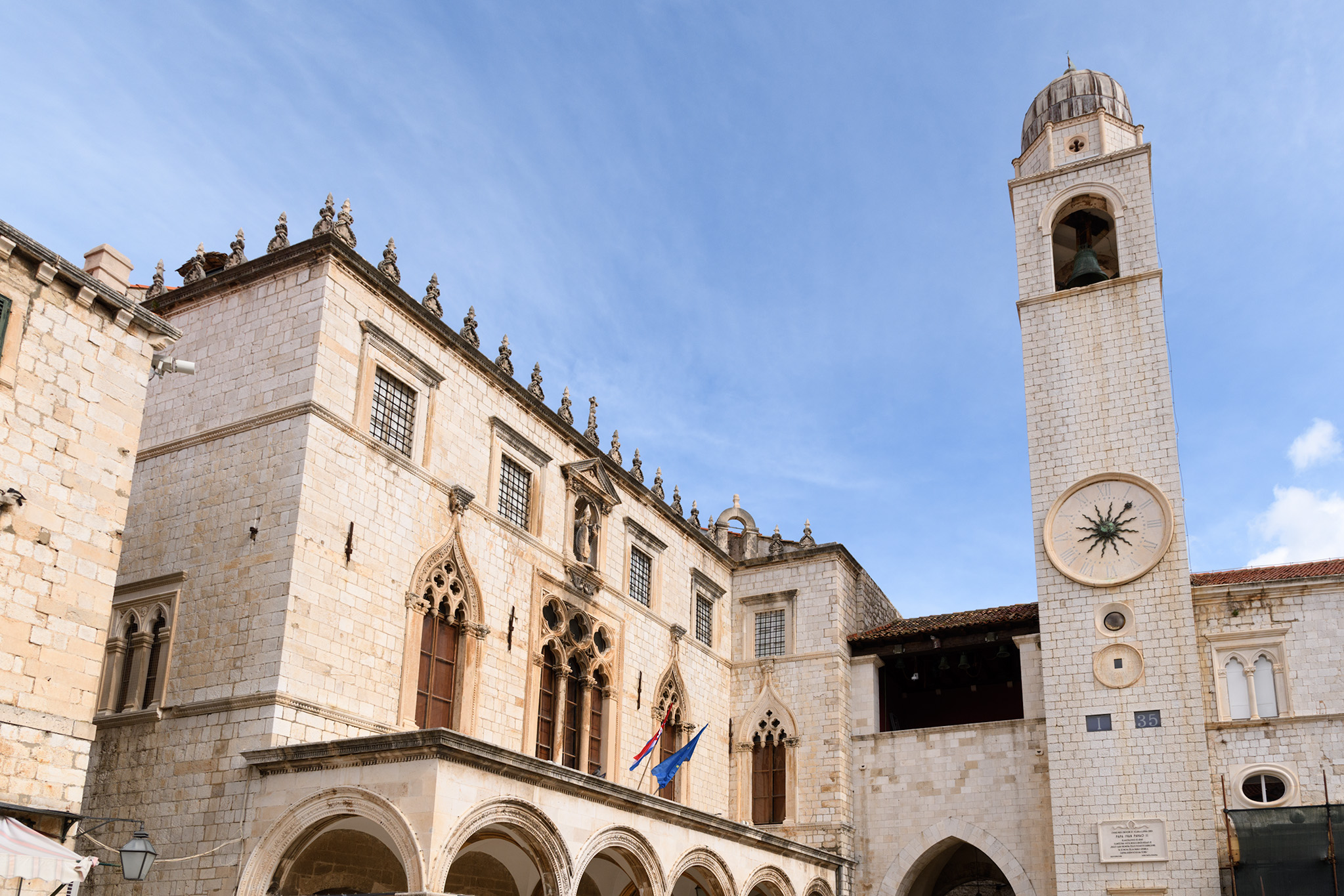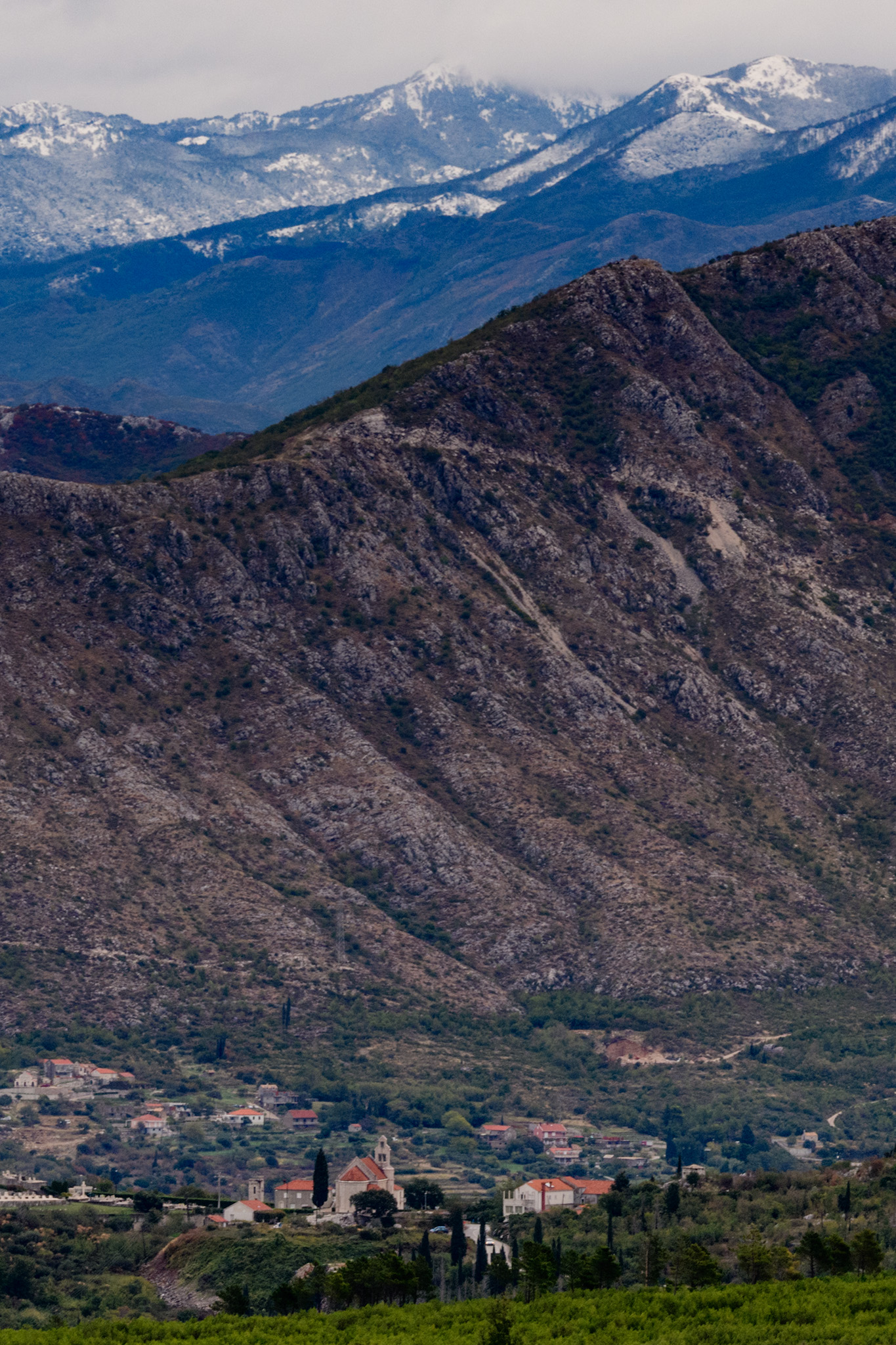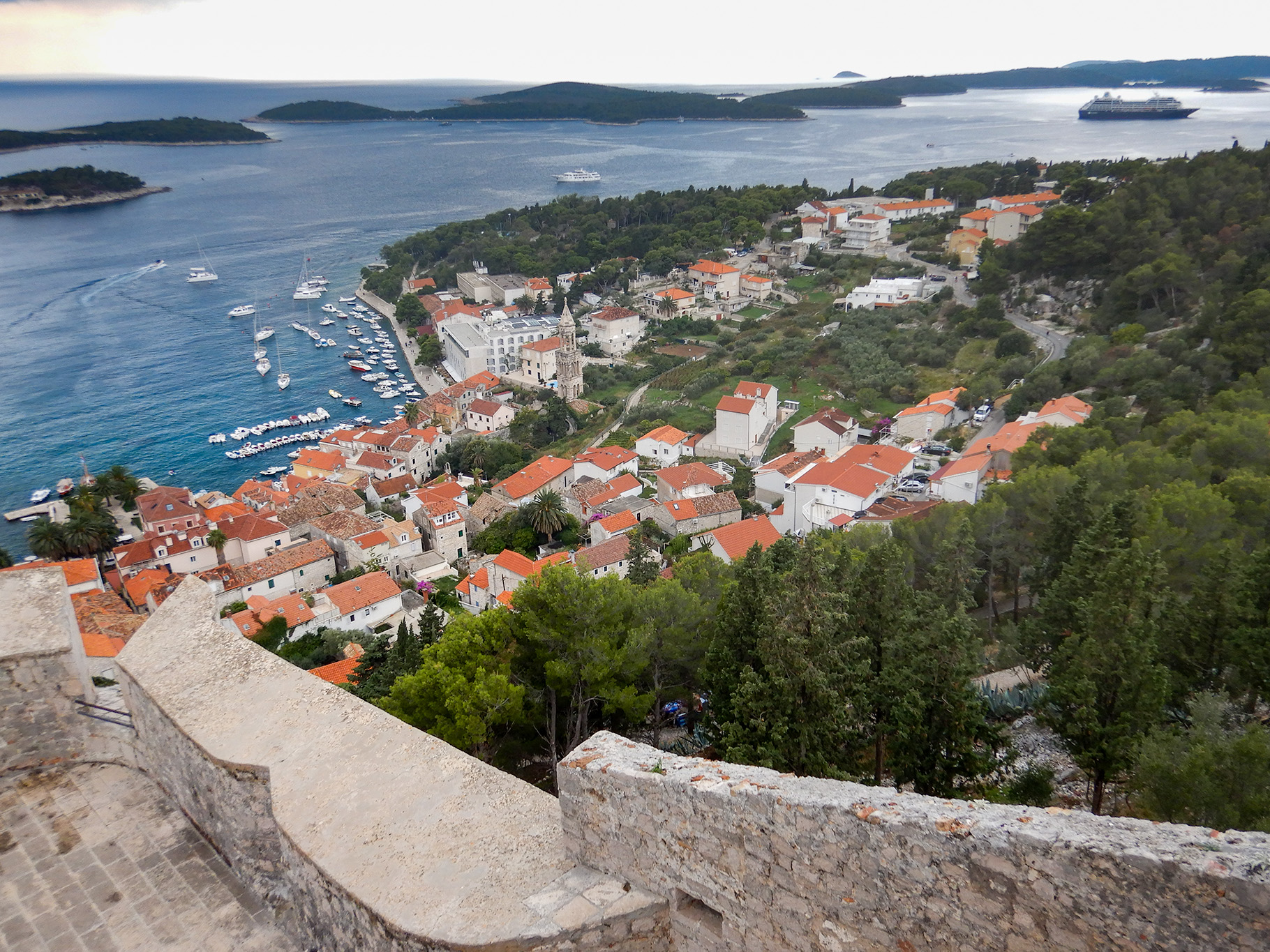That's the question people might ask if they took a look at our travel schedule in 2017! Luckily, we love our home...but we also like to explore the world. We especially love to explore it with people we love and meet new friends all over the globe. Travel is all about connecting with people all over the world, and we feel very fortunate to have met and traveled with so many incredible people. We are grateful to all the people who followed our adventures and those who shared their corner of the world with us! We especially want to thank the folks who shared THEIR trips with us in our GoSeeIt People interviews. (You can find the interviews here) We love hearing about your travels too! THANK YOU! We hope you have many safe travels in 2018 and wish the very best in the coming year!
Over the last year here are some of the places we've been able to explore. Click on any link to see more photos in our posts and learn more about each destination! (Next week, we will share where we are headed next!)
What A Year!
Shanghai, China
Exploring Venice from the water
This small country offers environment from coastal to alpine, as is seen here at Lake Bled, as well as one of the prettiest little European capitals, Ljubljana.
Gentlemen outside a cafe in Cavtat
The gorges leading to the port of Kotor in Montenegro.
Candles outside of the St Spyridon's Orthodox Church in Corfu, Greece
A Maltese balcony on Republic Street flies the EU and Matlese flags.
An incredible day hike up Mt Etna with 3 mountaineers, wine and homemamde parmigiana!
A local character in Nocello greets visitors who hike The Path of the Gods on the Amalfi Coast
Rome
Bernini Old Boat Fountain at the Spanish Steps in Rome
Montreal
Montreal put on a warm welcome before the Christmas holidays.



